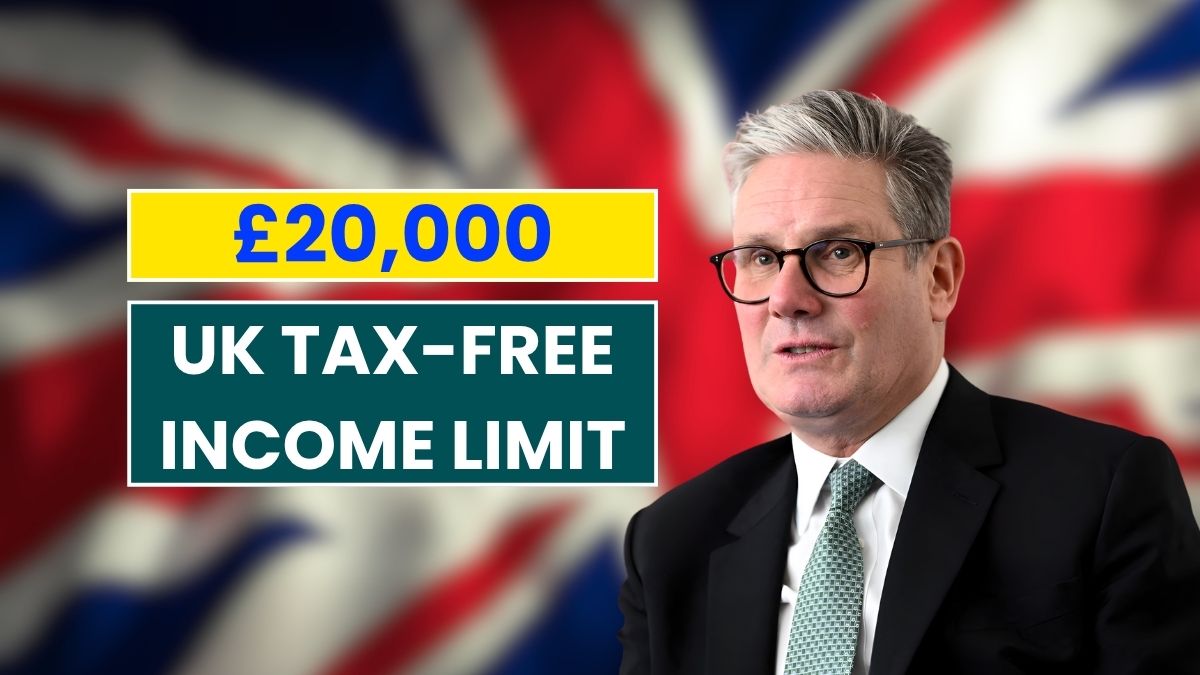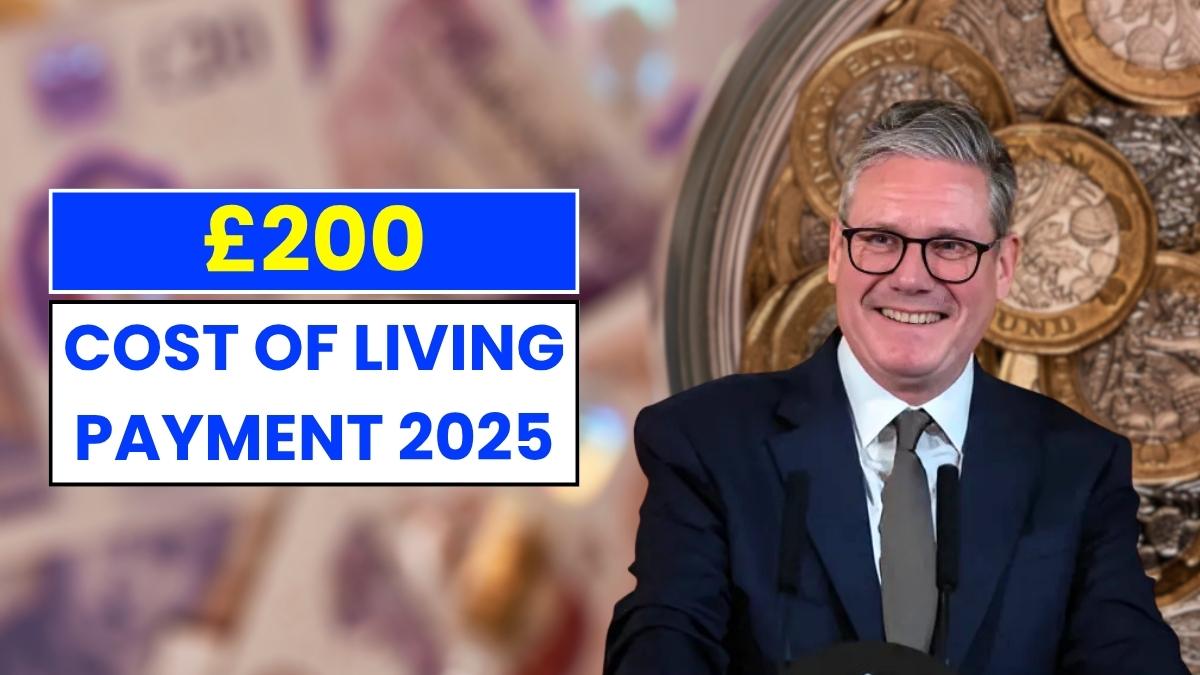The discussion about increasing the UK Income Tax Personal Allowance has drawn major public attention in 2025. Currently set at £12,570, this allowance determines how much income an individual can earn before paying tax. However, rising living costs, stagnant wages, and fiscal drag have sparked growing demands for an increase.
A public petition led by Alan David Frost has brought this issue into the national spotlight. By 1 September 2025, the petition crossed 281,000 signatures, easily surpassing the threshold for a government response and eligibility for parliamentary debate. Supporters believe that a rise to £20,000 would help working families, retirees, and low-income earners keep more of their money.
Despite the enthusiasm, the government has responded cautiously. Officials have confirmed that there are no current plans to raise the Personal Allowance to £20,000 for the 2025/26 tax year. The Treasury cited the potential impact on national revenue, budget allocations, and inflation control. For now, HMRC and employers continue to apply the existing £12,570 threshold.
Where Does the Policy Stand Now?
For the 2025/26 tax year, the standard Personal Allowance is £12,570. This rate applies across the UK, although Scotland maintains its own bands and rates for non-savings, non-dividend income. The allowance has remained frozen since April 2021 and is expected to stay fixed until April 2028, unless revised in a Budget or Autumn Statement.
During this freeze, wages, benefits, and pensions have risen, but the allowance has not. This situation has led to what economists call “fiscal drag”, meaning more people are pulled into paying tax or into higher tax brackets, even though rates themselves haven’t increased.
Another important aspect is the high-income taper. Individuals earning over £100,000 see their allowance gradually reduced by £1 for every £2 earned above that limit. It is completely removed once income reaches £125,140. This creates a hidden “marginal rate zone” where some people effectively face higher tax rates without realizing it.
| Income Range | Personal Allowance Impact | Notes |
|---|---|---|
| Up to £12,570 | Fully tax-free | Standard allowance applies to all |
| £12,571 – £100,000 | No change | Standard 20%, 40%, or 45% tax bands apply |
| £100,001 – £125,140 | Allowance reduced by £1 for every £2 earned | High-income taper applies |
| Above £125,140 | No Personal Allowance | Entire income taxable |
What a £20,000 Threshold Would Mean?
If the Personal Allowance rose to £20,000, it would add £7,430 to the tax-free band. For a basic-rate taxpayer, this would mean saving £1,486 per year in income tax (20% of £7,430). The change would simplify matters for many workers and retirees, ensuring more disposable income without the need for complex benefit calculations.
However, not everyone would gain equally. Those earning less than £12,570 would see no benefit, as they already pay no income tax. The main winners would be those earning between £13,000 and £50,000, and many pensioners who currently pay small amounts of tax on state or private pensions would likely fall below the tax threshold altogether.
| Group Type | Example Annual Income | Estimated Annual Tax Saving | Outcome |
|---|---|---|---|
| Low-income worker | £16,000 | £686 | Fully exempt from tax |
| Average earner | £28,000 | £1,486 | Increased take-home pay |
| Pensioner (modest income) | £17,500 | £930 | Likely falls below tax limit |
| Higher-income earner | £60,000 | £1,486 | Gains full benefit unless taper applies |
Fiscal Trade-Offs and Budget Concerns
The main challenge with raising the allowance lies in its cost to the Treasury. Independent analysts estimate that moving to a £20,000 threshold could reduce government revenue by £40–£50 billion per year, depending on how other tax bands are adjusted.
If not offset by spending cuts or new revenue sources, this could widen the deficit and pressure key services such as health, transport, and education. Policymakers also worry that large, unfunded tax cuts could fuel inflation or unsettle markets.
Another concern is policy consistency. Adjusting one threshold often requires reviewing related measures like National Insurance, pension limits, and tax credits, which complicates implementation and multiplies the cost.
Why the Petition Gained Attention?
The petition’s rapid success reflects growing frustration with frozen thresholds during a cost-of-living crisis. Every year, as incomes and pensions rise, more people end up paying tax without any increase in real income. This has made many feel that the government is quietly collecting more tax through “stealth” measures.
For supporters, a jump to £20,000 represents fairness and simplicity, two values that appeal to the broader public. The campaign also found support among pensioners and part-time workers who want a simpler, lower-tax system.
- Cost of Living: Everyday expenses have increased while take-home pay has not kept up.
- Fairness and Simplicity: A single, visible tax change is easier to understand than complex benefit schemes.
What Happens Now?
When a petition surpasses 100,000 signatures, Parliament’s Petitions Committee can consider it for debate. The Alan David Frost petition achieved this easily, leading to a government response and discussion among MPs.
However, the petition itself does not change the law. For any alteration to the Personal Allowance, a Budget or Autumn Statement announcement must be made, followed by legislative approval through a Finance Bill. Until such a measure is introduced, PAYE systems and employers will continue using the £12,570 threshold for 2025/26.
Government officials have stated that the freeze will likely continue until April 2028. The Treasury insists that fiscal discipline remains the priority, though it has promised to “keep thresholds under review” based on economic conditions.
What Households Can Do Now?
Even with the freeze in place, some strategies can help households reduce their overall tax burden.
- Marriage Allowance Transfer: Couples where one partner earns below £12,570 can transfer 10% of their allowance to the other partner, saving up to £252 per year.
- Pension and Charity Contributions: Higher earners near the £100,000 limit can lower their adjusted income through pension or charity contributions, which may help preserve part of their allowance.
These small adjustments won’t replace a major policy shift but can make a modest difference, especially for households affected by the frozen thresholds.
FAQs
1. What is the UK Personal Allowance in 2025/26?
The Personal Allowance for the 2025/26 tax year remains £12,570, unchanged since 2021. It determines how much income a person can earn before paying income tax.
2. Is the government increasing it to £20,000?
As of now, no. Government ministers have confirmed there are no current plans to increase the allowance to £20,000, though the issue may be revisited in future fiscal statements.
3. Why has the allowance been frozen until 2028?
The freeze helps the government maintain revenue levels during a period of high inflation and spending demands. It also limits borrowing, but it increases the tax burden for many through fiscal drag.

